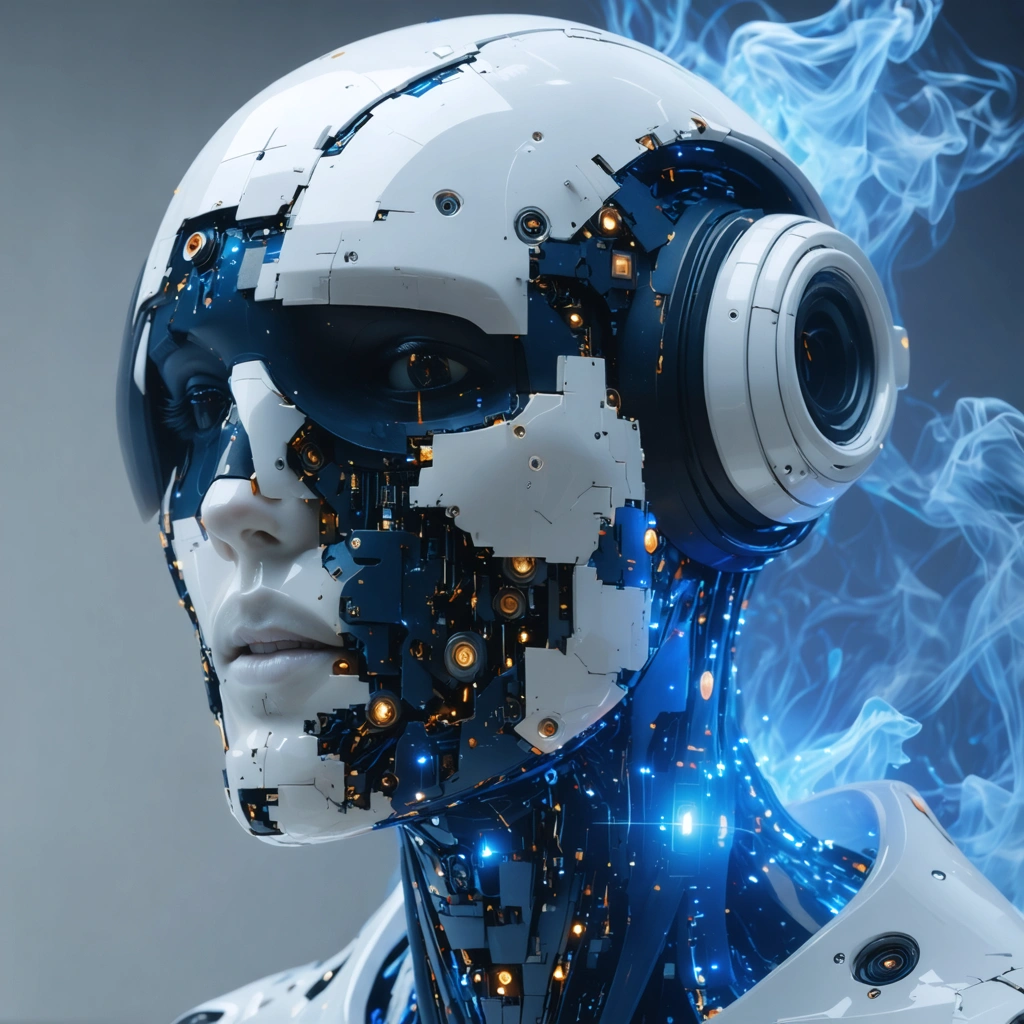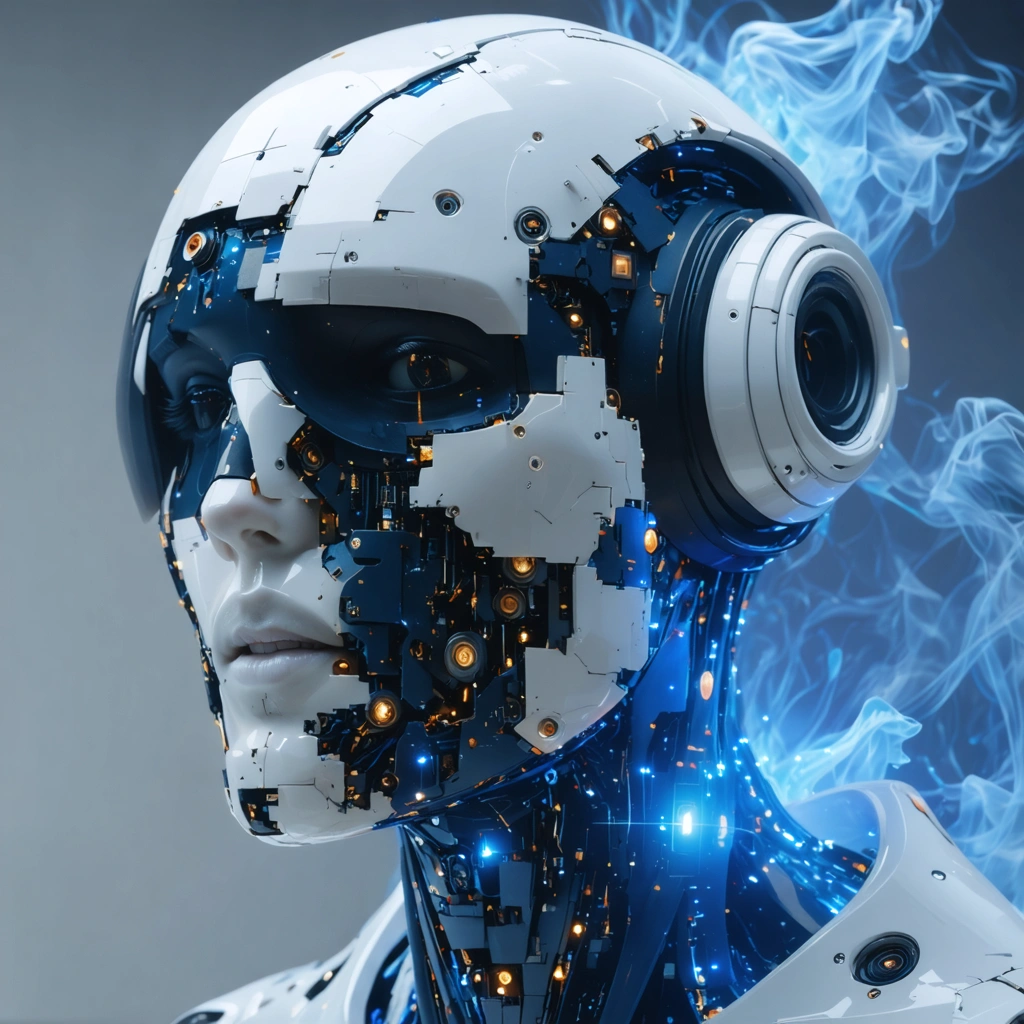Nudify AI: Digital Privacy at Risk: Nudify AI tools challenge privacy norms in image manipulation tech.

Imagine scrolling through your social media feed, and suddenly you come across an image of yourself—only something’s off. It’s the same photo you posted last week, but now it looks drastically different. Parts of your clothing seem to have vanished, and your body appears exposed in ways you never intended. What if this isn’t a glitch, but the work of an AI nudifier tool that can digitally “nudify” images with terrifying ease? Welcome to the unsettling world of nudify AI technologies, where the boundaries between creativity and violation of personal privacy are blurring faster than ever.
The Rise of AI Nudify Technology: A New Frontier in Image Manipulation
Over the past few years, artificial intelligence has revolutionized how we edit photos, enhance videos, and even create art. However, with great power comes great responsibility—or so we hope. AI nudify tools, designed to digitally remove clothing from images by generating realistic nudified versions of subjects, have catapulted this technology into a highly controversial territory. These AI nudifiers can take any photo and produce unsettlingly convincing “nude” images without consent, raising the stakes for digital privacy and ethics.
Though the technology might sound like something out of a sci-fi thriller, nudify AI is very much here, and it’s spreading rapidly online. Some claim it’s just harmless fun or a new form of artistic expression, but others see it as an alarming invasion of personal boundaries. The consequences aren’t just theoretical—real people have already been victims of AI nudify tools, experiencing harassment, embarrassment, and even career damage as a result.
Why Nudify AI Challenges Our Understanding of Privacy
Traditional privacy concerns around images usually focus on unauthorized sharing or hacking, but AI nudify tech introduces a new dimension: manipulation. You don’t need to steal a photo or hack an account anymore. With a decent-quality image and the right AI nudifier software, anyone can create a fake nude image in minutes. This shift fundamentally challenges how we think about control over our digital likenesses.
- Consent becomes meaningless: Even if you never share explicit photos, your image can be used to generate them digitally.
- Legal protections lag behind: Most laws aren’t equipped to handle AI-generated content that is non-consensual and deeply invasive.
- Psychological impact is profound: Victims often feel violated in a way that’s hard to explain because the image is “fake,” yet the damage is very real.
In this environment, the traditional “think before you post” mantra feels inadequate. The question isn’t just about what you share, but what anyone else can do with what you’ve shared, even if innocently.
Exploring the Ethical and Social Implications of AI Nudify Tools
Digging deeper, the proliferation of nudify AI tools forces us to confront a range of ethical dilemmas. For instance, what responsibilities do developers of AI nudifiers have? Should such technology even be created or distributed? And how do platforms hosting these tools—or the results they produce—decide what’s acceptable?
The social consequences ripple far beyond individual privacy. The misuse of nudify AI can fuel harassment, perpetuate harmful stereotypes, and reinforce gender-based violence online. Women and marginalized groups are often disproportionately targeted, turning these tools into weapons rather than entertainment.
One might wonder if there’s a way to harness AI nudify technology for positive or harmless uses. Some argue for “ethical AI nudifiers” with built-in safeguards or consent verification systems. Others call for comprehensive regulation and education to raise awareness about these threats. Still, the pace of technological advancement often outstrips the speed of policy development, leaving many vulnerable.
What Can Be Done? The Path Forward in Protecting Digital Privacy
Despite the unsettling reality, there are steps both individuals and society can take to address the challenges posed by nudify AI. Awareness is the first line of defense—understanding what AI nudify tools are capable of helps users make informed decisions about their digital footprint.
On a personal level, being cautious about the quality and quantity of images shared online can reduce exposure, though it’s not a foolproof shield. Advocacy for stronger digital rights laws and support for victims of AI-generated image abuse are equally critical. Technology companies also bear a responsibility to build detection tools that can flag or remove AI nudified content swiftly.
Ultimately, this evolving challenge demands a multi-faceted response, blending technology, law, and cultural change. In the sections that follow, we’ll unpack the mechanics behind AI nudify tools, delve into real-world cases illustrating their impact, and explore emerging solutions designed to safeguard our digital identities.
Stay with us as we navigate this complex and urgent topic—because in a world where your image can be altered without your knowledge, understanding the risks of nudify AI is more important than ever.

Nudify AI: Digital Privacy at Risk
What is Nudify AI and how does it work?
Nudify AI refers to artificial intelligence tools designed to digitally manipulate images, specifically to create or simulate nudity on existing photos. These AI nudifiers use deep learning algorithms, often leveraging generative adversarial networks (GANs), to alter images in ways that remove clothing or change body features, producing realistic but fabricated nude images.
Unlike traditional photo editing software that requires manual adjustments, AI nudify tools automate the process by analyzing the original image and generating plausible nudified versions. This technology can be applied in seconds, making it easily accessible and scalable.
Why are AI nudify tools a threat to digital privacy?
The rise of AI nudify technologies challenges established privacy norms in several critical ways:
- Non-consensual image manipulation: Individuals' photos can be altered without their permission, resulting in fake nude images that damage reputations and cause emotional distress.
- Difficulty in detection: Advances in AI produce highly realistic images that are challenging to distinguish from genuine photos, making it easier for malicious actors to spread misinformation or harassment.
- Violation of personal boundaries: The misuse of AI nudify tools violates ethical and legal privacy protections, as personal images are transformed into explicit content without consent.
These factors collectively place digital privacy at risk, as the boundaries of image ownership and control become blurred in the age of AI-powered manipulation.
How prevalent is the use of AI nudifiers and what are the real-world implications?
While exact statistics on AI nudify tool usage are difficult to obtain due to the covert nature of misuse, various studies and reports highlight a disturbing trend:
- A 2023 survey by the Cybersecurity and Infrastructure Security Agency (CISA) found that over 30% of online harassment cases involving image manipulation referenced AI-generated nudity.
- Several high-profile cases have emerged where celebrities and private individuals have been targeted by AI nudify attacks, resulting in public backlash and calls for stronger regulation.
- Online platforms hosting user-generated content frequently grapple with removing AI nudified images, as these images violate terms of service but evade automatic detection tools.
These examples illustrate the growing challenge of balancing technological innovation with ethical responsibility.
What measures can individuals and organizations take to protect privacy from AI nudify threats?
Protecting digital privacy against AI nudify technologies requires a multi-layered approach:
- Awareness and education: Individuals should understand the risks of sharing personal photos online and be cautious about where and how images are posted.
- Use of privacy settings: Social media platforms and cloud services offer privacy controls that limit who can view or download images, reducing the chance of unauthorized manipulation.
- Legal recourse: Many jurisdictions are updating laws to criminalize non-consensual AI nudify image creation and distribution; victims should seek legal advice when targeted.
- Technology solutions: Emerging AI detection tools aim to identify and flag AI-generated nudified images, helping platforms and users combat misuse.
- Advocacy for regulation: Supporting policies that regulate AI nudify tools and protect digital privacy rights is key to addressing systemic issues.
How do AI nudify tools impact the future of image manipulation and digital ethics?
AI nudify technologies represent a paradigm shift in how digital images can be altered, raising profound ethical questions about consent, authenticity, and privacy. As AI capabilities continue to improve, the line between real and fake content will blur further, challenging:
- The trustworthiness of visual media and news
- Legal definitions of image ownership and misuse
- Social norms regarding personal boundaries and respect
Addressing these challenges will require collaboration between AI developers, policymakers, cybersecurity experts, and society at large to create frameworks that promote responsible AI use while safeguarding individuals’ rights.
What ethical considerations surround the development and use of AI nudify technology?
While AI nudify tools can theoretically be used for artistic or entertainment purposes, their potential for abuse necessitates careful ethical scrutiny. Key considerations include:
- Consent: Creating or sharing AI nudified images without the subject’s explicit permission is a violation of personal dignity and privacy.
- Transparency: Developers and platforms should disclose the use of AI nudify features and implement safeguards to prevent misuse.
- Accountability: Clear responsibility must be established for harms resulting from AI nudify image creation and distribution.
Incorporating these ethical principles helps mitigate risks and fosters trust in AI technologies.





